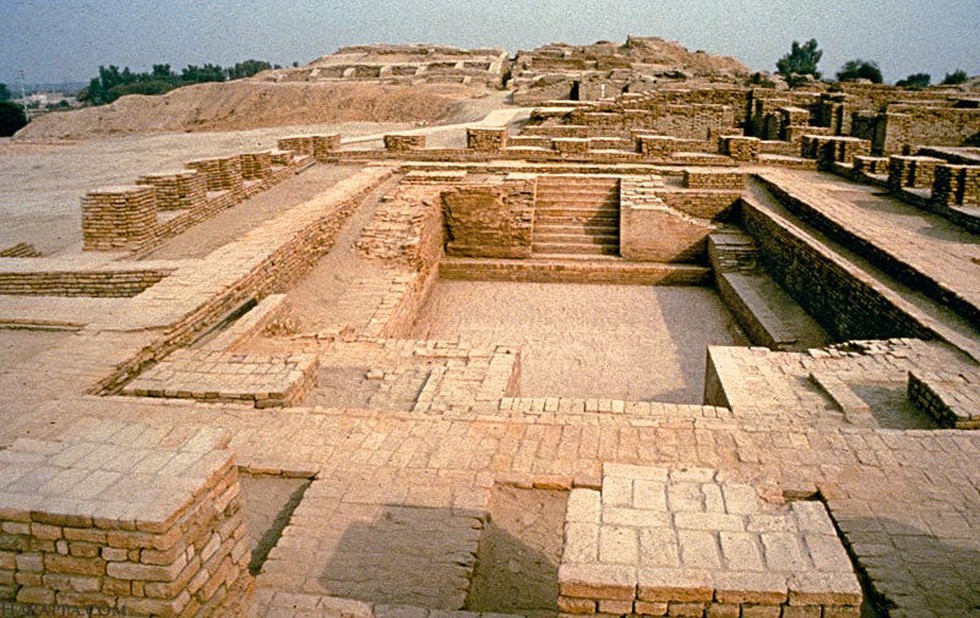In the quest for gold, a surprising discovery of a Harappan-era fortified settlement was made near the World Heritage Site of Dholavira in Kutch, India.
Background
- Location: Lodrani, situated approximately 51km from Dholavira.
- Initial Motivation: Local residents initiated a dig around five years ago fueled by the belief that the area harbored buried gold.
Discovery
- Lead Archaeologists: Ajay Yadav and Professor Damian Robinson from Oxford’s School of Archaeology.
- Findings: The excavation revealed a Harappan-era fortified settlement, contrary to the locals’ expectations of gold.
- Architectural Resemblance: Architectural details at the site closely resembled those of Dholavira.
- Site Identification: Formally identified in January, the site was named Morodharo, signifying less salty and potable water in Gujarati.
- Pottery Discoveries: Significant quantities of Harappan pottery similar to those found in Dholavira were unearthed.
- Chronological Placement: The settlement is dated from the mature (2,600-1,900 BCE) to late (1,900-1,300 BCE) Harappan period.
Significance
- Geographical Dependence: Both Dholavira and Morodharo were dependent on the sea, suggesting navigable waters despite the nearby desert.
- Archaeological Recognition: Lodrani’s significance in India’s antiquity came to light after earlier unsuccessful attempts.
Implications
- Preservation of History: The accidental discovery prevented a vital piece of India’s antiquity from remaining buried.
Multiple Choice Questions (MCQs) with Answers:
- What was the initial motivation behind the excavation near Dholavira?
- A) To study Harappan pottery
- B) In search of buried gold
- C) To explore architectural similarities
- D) To conduct a geological survey
- Answer: B) In search of buried gold
- Who were the lead archaeologists in the discovery of the Harappan-era settlement?
- A) Local residents
- B) J P Joshi
- C) Ajay Yadav and Professor Damian Robinson
- D) Archaeologists from Dholavira
- Answer: C) Ajay Yadav and Professor Damian Robinson
- What was the name given to the newly discovered site?
- A) Dholavira
- B) Harappa
- C) Morodharo
- D) Lodrani
- Answer: C) Morodharo
- What did the excavation at Morodharo reveal?
- A) Buried gold
- B) A medieval fortress
- C) A Harappan-era fortified settlement
- D) Modern artifacts
- Answer: C) A Harappan-era fortified settlement
- What geographical feature was significant for both Dholavira and Morodharo?
- A) Mountain range
- B) Desert
- C) River
- D) Sea
- Answer: D) Sea
